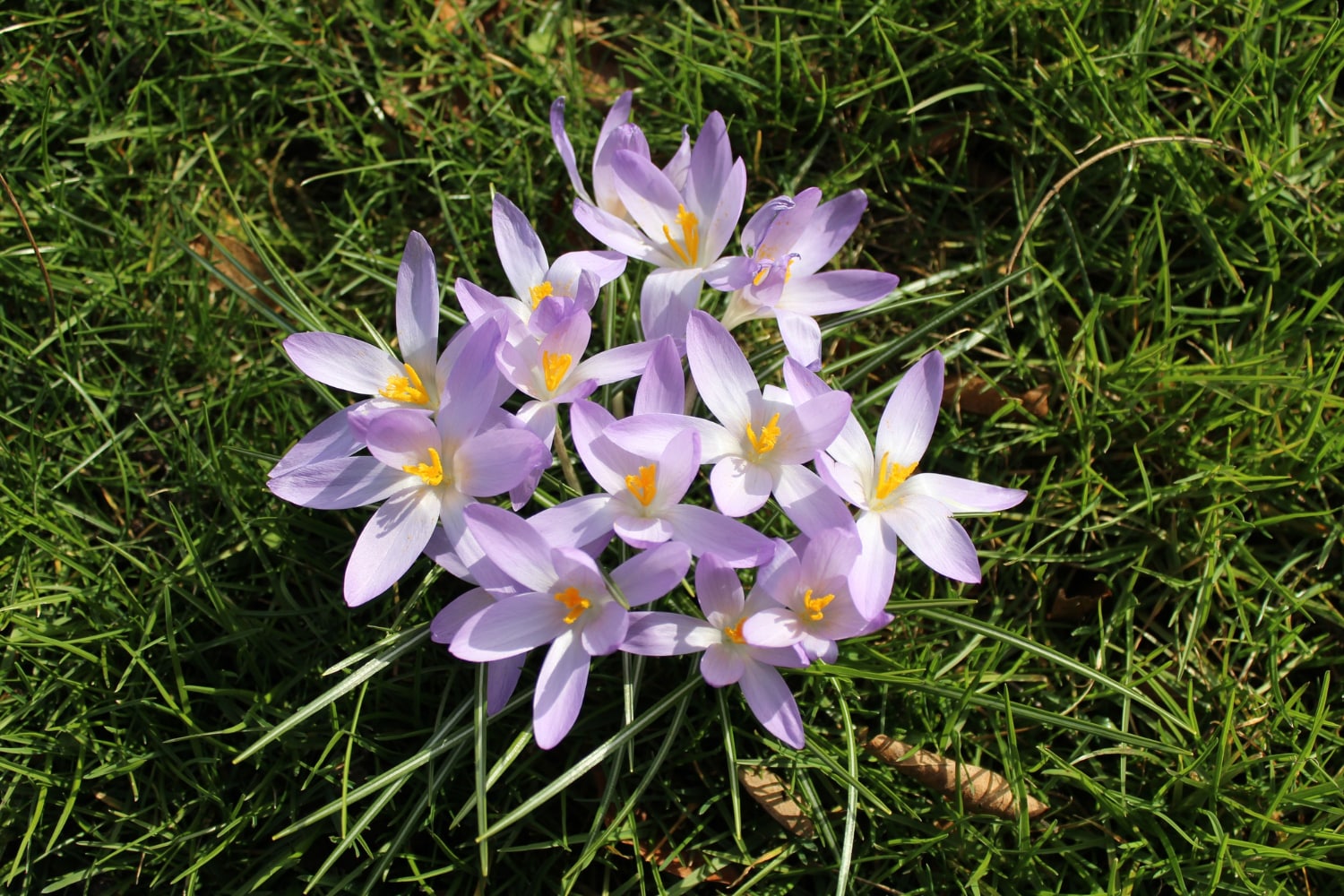Zephyranthes are delicate yet striking plants that have gained popularity in gardening due to their easy care and fascinating blooming habits. Often called rain lilies, they are known for their sudden appearance of flowers after rainfall. This unexpected blooming adds vibrancy and charm to gardens and potted arrangements alike. Due to their decorative appeal and resilience, they are widely grown both indoors and outdoors. In this article, we present some captivating facts about Zephyranthes that you may not have known.
- The name Zephyranthes is derived from Zephyrus, the Greek god of the west wind. These flowers are associated with gentle breezes and summer showers that trigger their blooms. Their blossoms appear almost instantly, transforming the surrounding landscape in a matter of hours. This magical moment delights gardeners and observers alike.
- Zephyranthes are native to the tropical and subtropical regions of the Americas, particularly Mexico, Argentina, and Peru. Over time, they have spread to other continents and are now cherished ornamental plants. They are well-suited for flower beds, pots, and rock gardens. Their adaptability allows them to thrive in various garden designs.
- One of their most fascinating traits is how quickly they bloom. After rain or heavy watering, their buds can open within just a few hours. This transformation seems sudden and almost miraculous, as the flowers emerge out of nowhere. The blooms last for a few days before being replaced by new ones.
- There are around 70 species of Zephyranthes, although about 30 are commonly cultivated in horticulture. The most popular types include Zephyranthes grandiflora, Zephyranthes candida, and Zephyranthes carinata. They vary in flower color, size, and even fragrance. Some varieties release a gentle, pleasant scent.
- Despite their fragile appearance, Zephyranthes are toxic plants. All parts of the plant contain alkaloids, which can be harmful if ingested. Pet owners and families with small children should handle them with care. Wearing gloves during transplanting is also recommended.
- In parts of South America, certain species of Zephyranthes were used in traditional folk medicine. They were believed to have anti-inflammatory and fever-reducing properties. However, modern science has not confirmed these medicinal claims. For safety reasons, self-medication using these plants is not advised.
- Their intense and synchronized blooming makes them highly decorative in landscape settings. When dozens of flowers open at once, they create a vivid floral carpet. Gardeners often plant them in groups along borders or pathways. They also pair well with stones and other low-growing plants.
- In home settings, Zephyranthes require a lot of sunlight. They will not bloom well in shaded areas. During the growing season, they need regular watering, but this should be reduced in winter. Following this seasonal rhythm encourages healthy, repeated blooming.
- Zephyranthes bulbs can be stored for months without soil. This makes them easy to transport and perfect for seasonal planting. Gardeners often plant them in stages to extend the blooming period. This strategy results in flowers blooming over a long stretch of the season.
- Under the right conditions, Zephyranthes can bloom multiple times in one season. With proper care, they may flower three or four times during the summer. After each blooming period, the plant enters a short dormancy. Adhering to this cycle helps maintain consistent flower production.
- In many cultures, Zephyranthes symbolize hope and new beginnings. Their sudden appearance after rain is seen as a sign of positive change. They are often gifted to express best wishes or celebrate fresh starts. In floral arrangements, they add a romantic and refined touch.
- Some enthusiasts grow Zephyranthes in clear containers with water or moist sand to observe root growth. This makes them ideal for educational purposes and plant science classes. Such projects are especially popular in schools and among young learners. Watching the plant’s development fosters a deeper appreciation of nature.
- Zephyranthes flowers usually open in the afternoon or early evening. Their blooming is sensitive to temperature and humidity, making it hard to predict. This element of surprise adds excitement for gardeners. Their unpredictable nature is part of their appeal.
- In landscape design, Zephyranthes are appreciated for their compact size and disease resistance. They do not require frequent repotting and are relatively low-maintenance. They look beautiful in stone gardens and minimalist plant arrangements. Once established, they multiply quickly and can cover bare soil effectively.
- In warm climates, they can be left in the ground during winter, but in colder regions, the bulbs must be dug up. They should be stored in a cool, dry place until spring. If exposed to freezing temperatures, the bulbs may not survive. Proper storage ensures strong blooming in the next season.
These amazing facts show that Zephyranthes are more than just ornamental plants. Their spontaneous blooming, cultural symbolism, and ease of cultivation make them a favorite among plant lovers worldwide. Even a small pot of Zephyranthes can brighten up a space and bring unexpected joy. You may not have realized how much wonder these modest flowers can hold.





